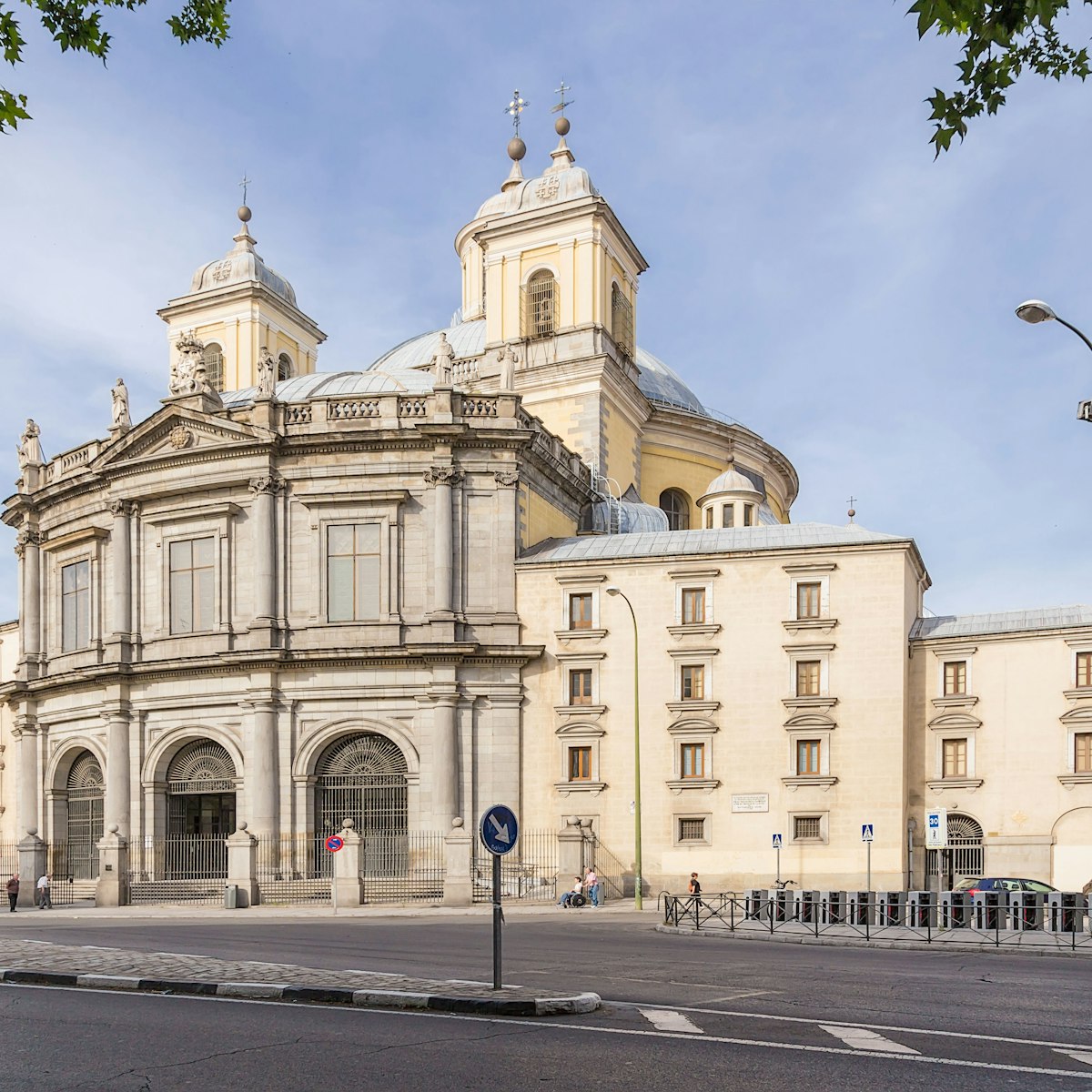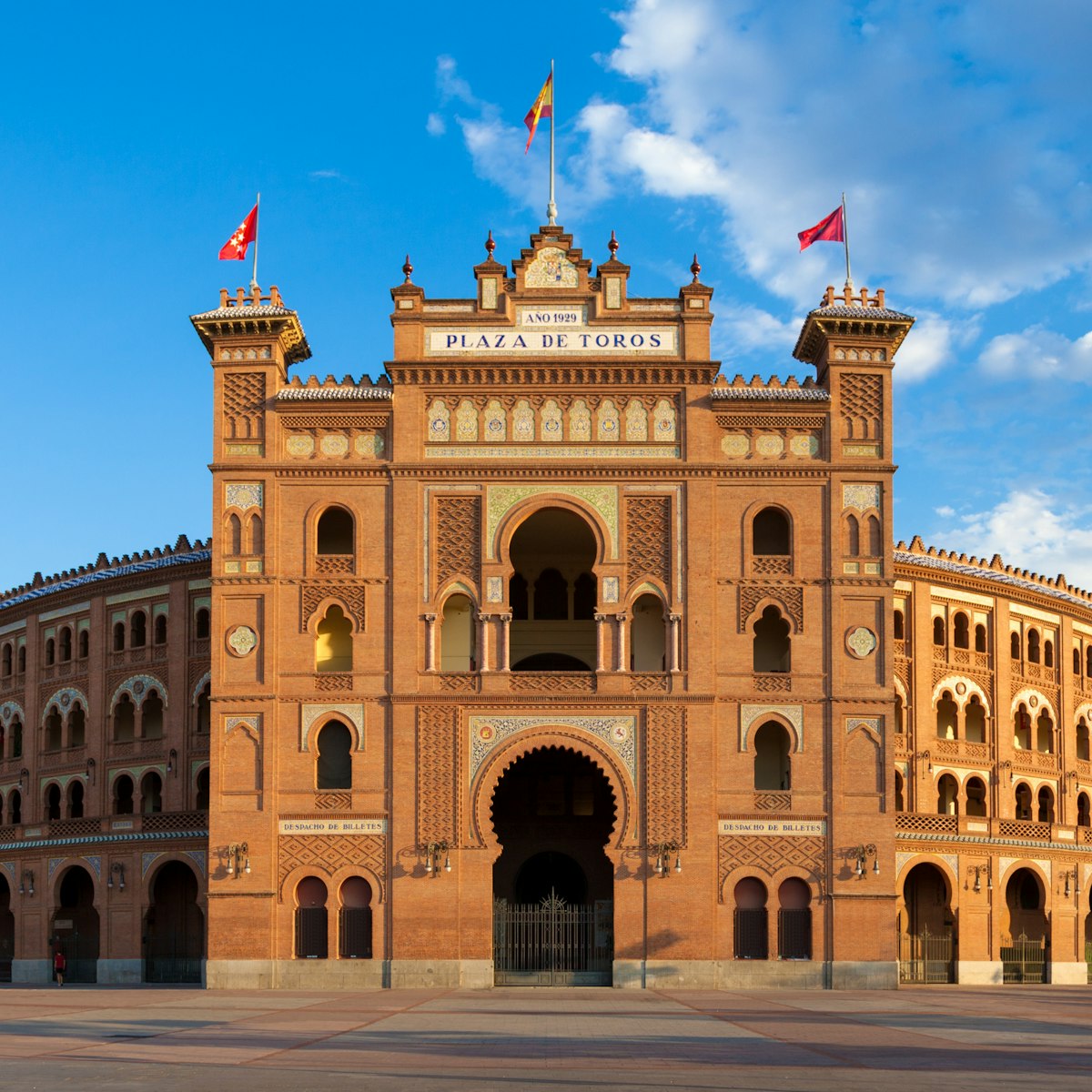The intimate Plaza de la Villa is one of Madrid’s prettiest. Enclosed on three sides by wonderfully preserved examples of 17th-century barroco madrileño (Madrid-style baroque architecture – a pleasing amalgam of brick, exposed stone and wrought iron), it was the permanent seat of Madrid’s city government from the Middle Ages until recent years, when Madrid’s city council relocated to the grand Palacio de Cibeles on Plaza de la Cibeles.
On the western side of the square is the 17th-century former town hall, in Habsburg-style baroque with Herrerian slate-tile spires. On the opposite side of the square is the Gothic Casa de los Lujanes, whose brickwork tower is said to have been ‘home’ to the imprisoned French monarch François I after his capture in the Battle of Pavia (1525). Legend has it that as the star prisoner was paraded down Calle Mayor, locals were more impressed by the splendidly attired Frenchman than they were by his more drab captor, the Spanish Habsburg emperor Carlos I, much to the chagrin of the latter. The plateresque (15th- and 16th-century Spanish baroque) Casa de Cisneros, built in 1537 with later Renaissance alterations, also catches the eye.







